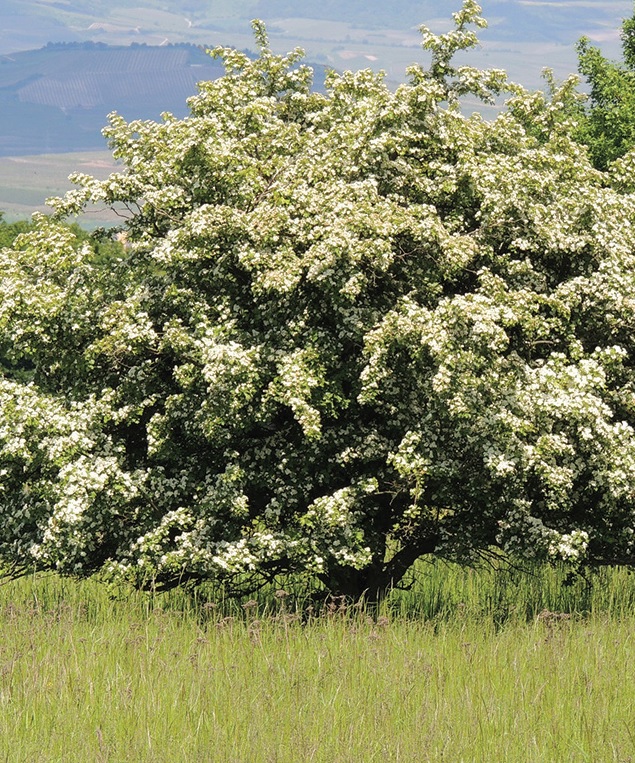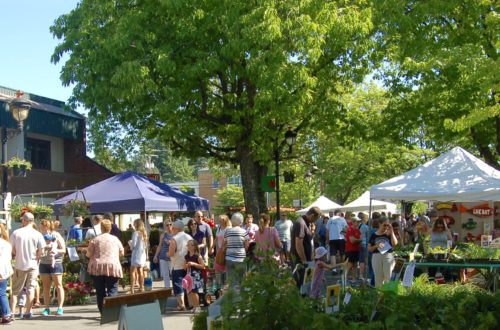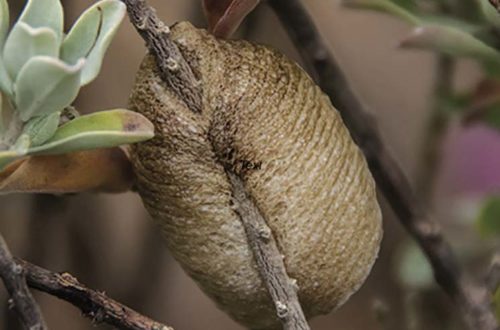The verdant explosion is so filled with rapture on the first of May, I can only step back and watch with glee…or perhaps, terror, since, as a gardener, I know I’ll never keep up with the weeds and mowing! But in the cacophony of bird song and brilliance, the final surge toward the zenith of summer Solstice, a long-time friend annually, bursts forth in full bloom. I’m thrilled to find hawthorn draping herself with dainty rose-like blossoms that drip from her short, stout limbs. With a picking basket in hand, I set out to bring home another year of tasty tea.
Hawthorn trees are commonly found in hedgerows surrounding old farmland around the globe in the temperate north. These sturdy remnants carry forth the memory of country use for this multi-functional and aesthetically pleasing tree. In fact, the word haw is an old term for hedge. Maude Grieve’s description of the botanical binomial of C. oxycantha, “from the Greek kratos, meaning hardness (of the wood), oxus (sharp) and akantha (a thorn)”, tells one much about the tree. A very dense wood used in wheel and chair manufacture in earlier times, bearing sharp thorns, hence, the common name “whitethorn”. I prefer the common name, Mayflower, due to its bloom season.
Many species of Crataegus are commonly found growing in the countryside in the Northwest. They include the hedgerow plants C. oxycantha and C. monogyna from northern Europe, and the native C. douglasii. Hawthorn trees revel in the “sport” of the season, easily cross-pollinating with one another, bringing untold variations to its progeny dutifully spread about by eager birds filling hungry young mouths.
Many forms of hawthorn are found in city gardens as well. Therefore, the hawthorn can be a good choice for small gardens. It’s an easy to grow deciduous tree with a compact 20’-30’ habit and year-round interest.
If you’d enjoy abundant spring bloom, interesting leaf form and texture, a compact growth habit, and colorful red, black, or orange berries that benefit birds and humans alike, consider the hawthorn. For those desiring a pink flowering specimen tree Dirr in Hardy Trees and Shrubs reports C. laevigata ’ Crimson Cloud’ is resistant to leaf blight. Always looking for plants with integrated functions for my croft, I have introduced C. monogyna, C. lavallei, C. douglasii, C. pinnatifida, and one unusual crataegus/sorbus hybrid from Russia into my landscape to replace a row of alder on the southern edge of the garden.
Imagine a beautiful tree to enjoy, and one of the finest tasting herbal teas in my cupboard comes from the wild hawthorn. In herbal traditions worldwide, tea brewed from the fruit and flowers strengthens the heart, improves digestion, and restores depleted life force. Hawthorn’s mild pleasing flavor is delivered in a golden hue that inspires one to remember the lengthening days and easy living quality of summer.

Image by klimkin from Pixabay
A strong heart is filled with courage, hope, and joy, the qualities anyone might need to begin a journey into new territory. The Pilgrims trusted the Mayflower to bring them safely to their new world. I still trust the cellular wisdom of this tree to carry me each day into my ever-changing world! Enjoy!
EagleSong Gardener, is the co-founder and director of the Pacific Women’s Herbal Conference. An herbalist with 40 years of practice, she teaches at national herb conferences and symposiums, as well as in her home garden. Her Healing From the Ground Up herbal apprenticeships, Summer Herb Camps for Adults, and weekend hands-on herbal workshops at RavenCroft Garden, home of the Pacific Wise Woman Center, all work together to keep herbs in people’s hearts, hands, and homes.
For more info: www.eaglesong-gardener.com www.pacificwomensherbalconference.com






